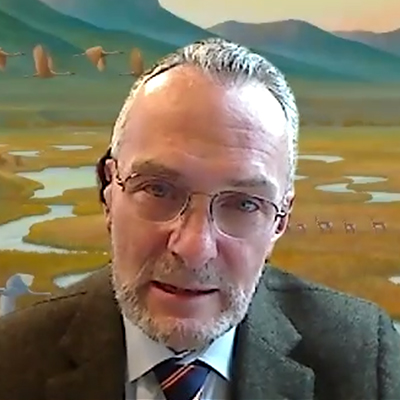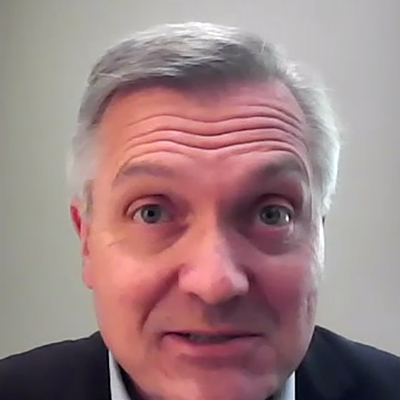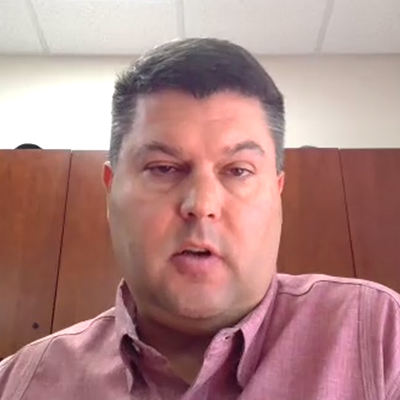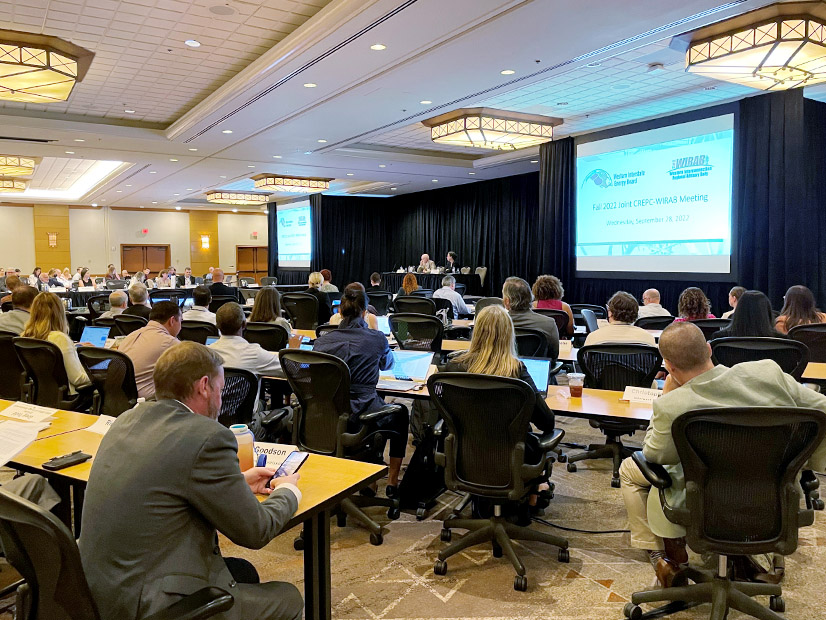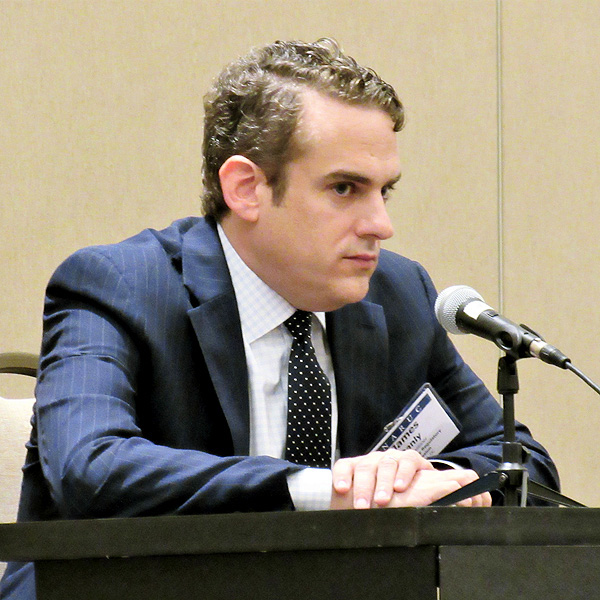The Inflation Reduction Act (IRA) could provide New York with up to $70 billion in energy incentives and reduce the cost of meeting state emissions goals by almost the same amount, the state’s Climate Action Council (CAC) heard last week.
The CAC’s Sept. 29 meeting featured progress reports from two of its three subgroups and a presentation of an analysis on how the recently signed IRA will impact New York’s climate goals, embodied in the Climate Leadership and Community Protection Act (CLCPA).
The two subgroups, Gas Transition and Economy-Wide, have shared progress reports as part of the CAC’s draft scoping plan but last week gave their final reports outlining their recommendations. The third subgroup, Alternative Fuels, provided its report at the Sept. 13 CAC meeting. (See NY Officials Approve Draft Climate Action Plan and Climate Action Council Reviews Progress on CLCPA Scoping Plan.)
Benefits from the IRA
Carl Mas, director of NYSERDA’s Energy and Environmental Analysis Department, shared results from an integration analysis that estimated that the IRA could provide New Yorkers with up to $70 billion in incentives, reduce the costs needed to meet CLCPA requirements by $43-$68 billion and increase the net benefit from climate mitigation by up to $50 billion.
The IRA, which was signed by President Joe Biden on Aug. 16, contains provisions that span the entire economy, driving the adoption of renewable energy and clean technologies while promoting energy efficiency and electrification. (See Biden Signs Inflation Reduction Act.)
The CAC requested an integration analysis of the IRA to better understand its overall impact on the state, examine sensitivities related to fuel prices and technology costs, and consider how implementation of the CLCPA might be affected.
The analysis explored two key aspects: estimates on how much money will be available to New York to offset CLCPA costs and what net benefits will be specifically provided to the state by those funds. Due to the breadth and size of the IRA, as well as remaining uncertainties about the legislation, the analysis was purposely conservative in its estimations.
The analysis estimated that $70 billion from the IRA will:
- “tip the balance” toward more in-state wind energy;
- lower procurement costs for innovative technologies, such as hydrogen;
- reduce vehicle charging costs and encourage EV uptake;
- reduce costs associated with transitioning buildings to more energy-efficient stocks; and
- broaden the adoption of electrification across disadvantaged communities.
The net benefit analysis showed that $50 billion will flow toward “the execution of future solicitations” and increase the overall benefits provided by the CLCPA by “drawing co-funding from outside of New York State,” while raising New York’s “storyline” around climate action.
Mas also shared how the IRA will impact sensitivities around fuels prices and future clean technologies.
The analysis showed there will continue to be “upward pressures on fossil fuel prices” and that if costs for clean technologies unexpectedly rise, those costs will be passed to consumers who will then take longer to adopt them.
Mas noted that the findings underscore “the value of [New York’s] transition to renewable energy as a way to buffer New Yorkers against future uncertainties.”
He pointed out that the IRA will help insulate disadvantaged customers from these uncertainties by encouraging rapid adoption of clean energy because the law contains “explicit provisions dedicated towards low-income communities.”
Mas concluded by saying that evidence continues to show that the “net benefits from decarbonization” exceed the “net costs from inaction” and the IRA will be a key element in achieving New York’s climate and energy goals.
NYSERDA plans to appear before the CAC in October to share the IRA’s impact on the building sector and distribution system.
Gas Transition
Jessica Waldorf, director of policy implementation at the Department of Public Service, shared key considerations that Gas Transition subgroup members say should be included in the scoping plan to help guide New York’s gas system transition.
The subgroup recommended that plans be developed for how “individual gas utilities and local distribution companies will reduce their emissions by 2030 and 2050,” to both “mitigate impacts on remaining gas customers as other customers transition to alternative heating methods” and ensure that customers can continue relying on these assets without facing “undue burden or cost.”
Additionally, the subgroup wanted the development of a detailed timeline that aligns with the scoping plan to help consumers and generators better understand when transitions will occur and how they can leverage new technologies.
The subgroup also emphasized that significant consideration be given to communities that the CLCPA has identified as being “historically underinvested.”
Waldorf noted that disadvantaged communities should be “prioritized” and that the subgroup felt strongly about the development of clear frameworks that ensure emissions reductions, maintain existing gas infrastructure during the transition and give greater scrutiny to investments in those communities.
The subgroup also emphasized that the state should make plans to ensure a just transition of the gas industry labor workforce by helping to provide reemployment opportunities to displaced workers.
The Gas Transition and other two subgroups, Economy-Wide and Alternative Fuels, were formed to “tackle the challenging issues before the CAC, where there was considerable difference of views among the members,” according to NYSERDA CEO Doreen Harris.
Economy-Wide
Jared Snyder, deputy commissioner for air resources, climate change and energy at the Department of Environmental Conservation, shared findings from an Economy-Wide subgroup analysis that supports New York implementing a cap-and-invest program.
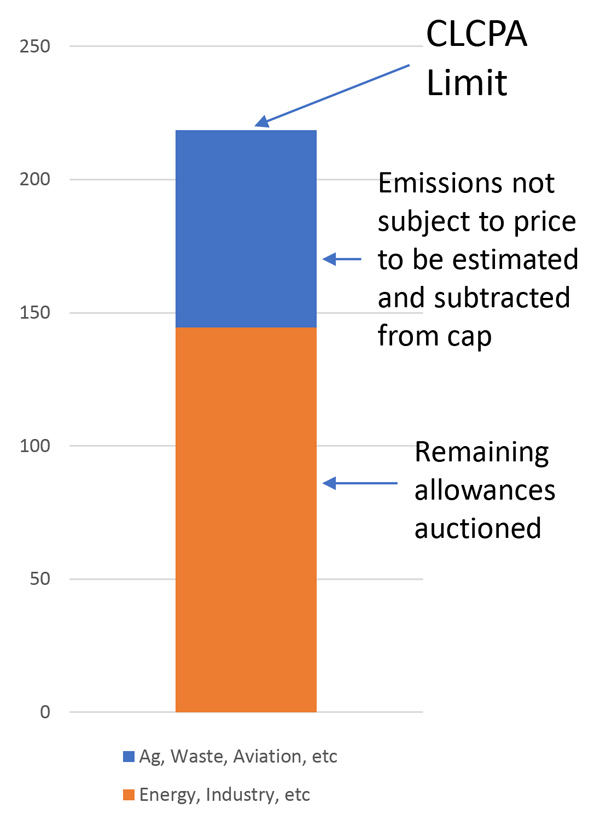 Proposed cap-and-invest design for New York. | New York State Climate Action Council
Proposed cap-and-invest design for New York. | New York State Climate Action CouncilThe subgroup evaluated three economy-wide strategies identified in the draft scoping plan: a carbon tax, a cap-and-invest scheme, and a sectoral clean energy supply standard.
The subgroup detailed how a carbon tax “places a price directly on emissions of greenhouse gases” while a cap-and-invest approach “places a cap on the emissions and then markets allocate the emissions reductions through the sale of those allowances in auctions.” A sector specific clean energy supply standard places limitations on fuel standards to regulate bulk emissions in specific industries.
Based on the subgroup’s analyses, most members concluded that a cap-and-invest policy was best suited for New York. The subgroup preferred the strategy because “it places a cap on the emissions that could be designed to meet emissions limits that were required to achieved CLCPA goals.”
The subgroup said cap-and-invested would be a “strong mechanism” because it “ensures all emissions in the state are contributing to the CLCPA goals,” and crucially showed interactions between allowance budget and non-allowance budget sectors. Furthermore, the policy would address climate justice by enabling price certainty through the creation of price floors and placing penalties on producers exceeding their cap levels.
Although the cap-and-invest would theoretically cover the entire economy, the subgroup carefully noted that in cases where certain “sectors cannot be easily reached, the state would retire allowances on their behalf and the remaining allowances would be auctioned or distributed according to legislation.”
CAC members expressed concern about some of the proposed language around these policies, but the subgroup countered that each policy raised “open questions” and that the remaining weeks will be used to address concerns.
Next Steps and Other Details
The CAC will reconvene on Oct. 13 to cover any remaining details related to the draft scoping plan and then plans to spend November discussing redlines of interest to the plan, which will likely be subject to a formal vote by the CAC at its Dec. 19 meeting.
The CAC also voted to approve a bylaw amendment that would allow for the adoption of videoconferencing attendance for CAC members in extraordinary circumstances, except for executive sessions.


